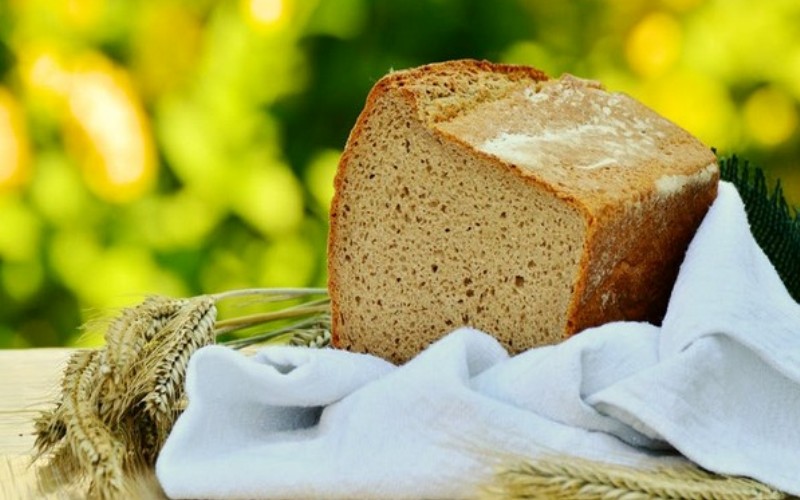Washington: A common food additive, according to researchers, could cause and trigger Celiac disease, an autoimmune disorder where gluten causes the immune system to attack the gut.
They have also called for warnings on food labels until further research is done.
The study appears in the journal Frontiers in Pediatrics.
Environment causes celiac disease – but only in susceptible individuals (BOLD):
Gluten-free diets have become popular despite little or no evidence of benefit for most people. But for the 1 in 100 with celiac disease, even a mouthful of bread can trigger an immune response that damages the small intestine, impairing nutrient absorption.
Exactly what causes this autoimmune reaction to gluten – a protein found in wheat, rye and barley – is uncertain. Specific mutations in an important immunity-related gene called HLA-DQ seem to be necessary for developing celiac disease, with one of two HLA-DQ variants present in virtually every sufferer – but insufficient, as these variants are also present in about 30 percent of the general population.
As a result, myriad environmental factors have proposed to interact with genetic risk to cause celiac disease. These include infections, food and toxins; vaccination, drugs and surgery. Most recently, food additives have been suggested to contribute. Among these, microbial transglutaminase – a bacterial enzyme heavily used in industrial processing of meat, dairy, baked and other food products – has emerged as a likely culprit, according to the new review.
How a food binder could be our undoing (BOLD):
“Microbial transglutaminase can glue together proteins, so it’s used to improve food texture, palatability and shelf-life,” said co-author Aaron Lerner. “This enzyme functions like the transglutaminase produced by our body, which is known to be the target of autoimmunity in celiac disease.”
There is a direct positive correlation between rising use of industrial enzymes in bakery products and rising incidence of celiac disease in the last four decades, according to Lerner and co-author Dr Matthias Torsten. But if transglutaminase is produced normally in our tissues – and by our own gut microbes – what difference should a little more in our diet make?
“This is mostly a question of scale,” argued Lerner. “Our own transglutaminase has a different structure to the microbial sort, which allows its activity to be tightly controlled. And while the relatively indiscriminate microbial transglutaminase is produced by some of our normal gut fauna, the amount of the enzyme could be significantly increased when this microbial population is altered by factors like infection, antibiotics or stress – or, indeed, through consumption of industrially processed foods.”
Is microbial transglutaminase safe? (BOLD):
According to Lerner, the jury is still out.
“Ultimately all we have so far are associations between microbial transglutaminase and celiac disease. To test whether this enzyme causes or triggers immune damage in celiac disease will require experimenting with exposure in animal models, intestinal cell lines or biopsies”.
Nevertheless, with no known cure for celiac disease, treatment depends on preventive measures – namely, adhering to a gluten-free diet.
“Until there is a clearer answer, we recommend transparency and vigilance with regards to labeling of foods processed using microbial transglutaminase.”
In Switzerland for example, such products must be labelled as unsuitable for persons with celiac disease.
[source_without_link]ANI[/source_without_link]

